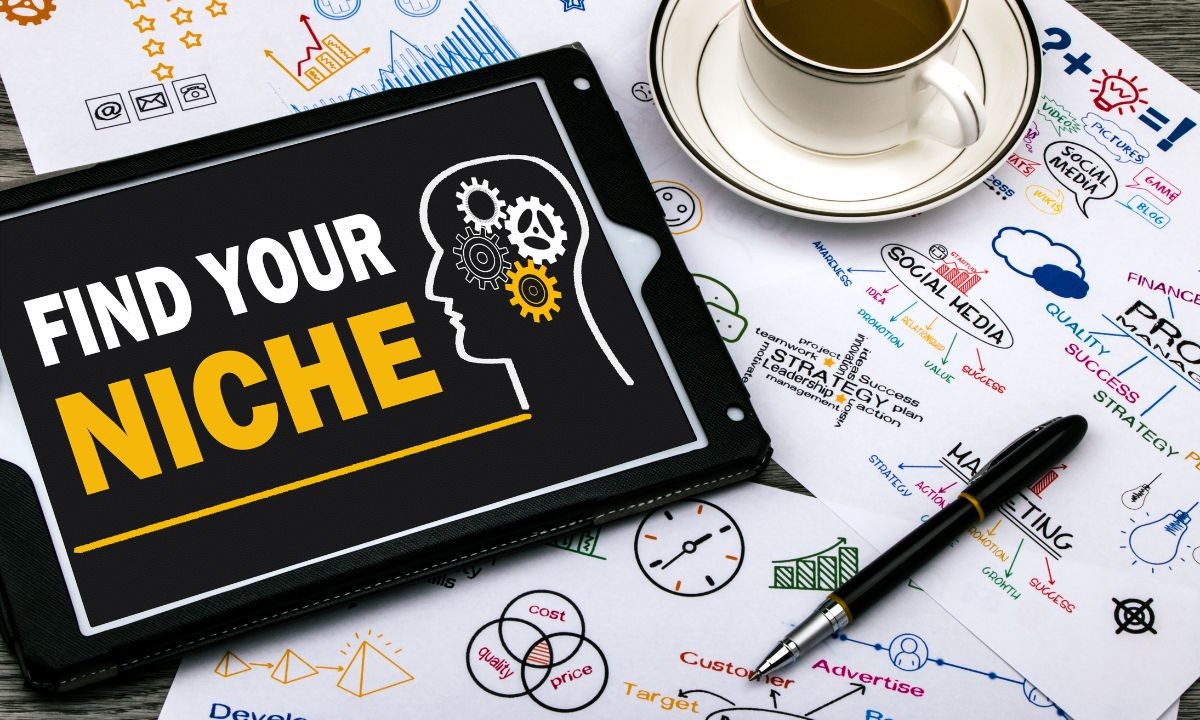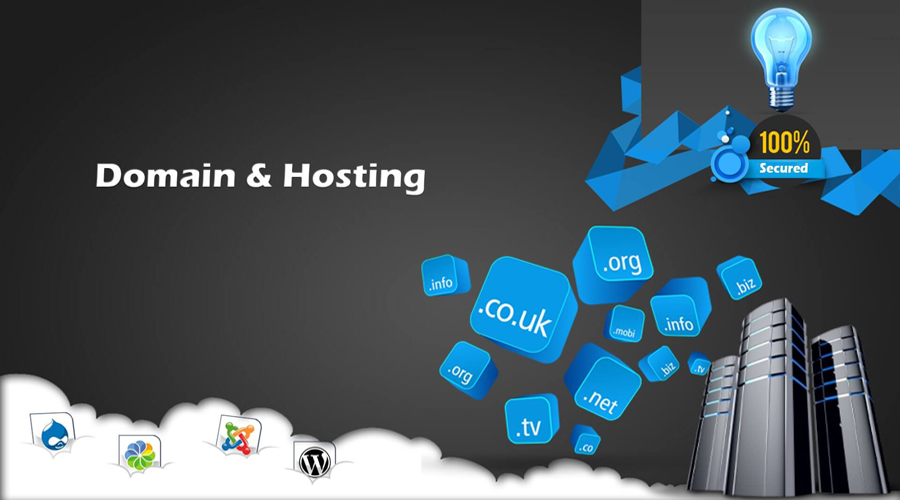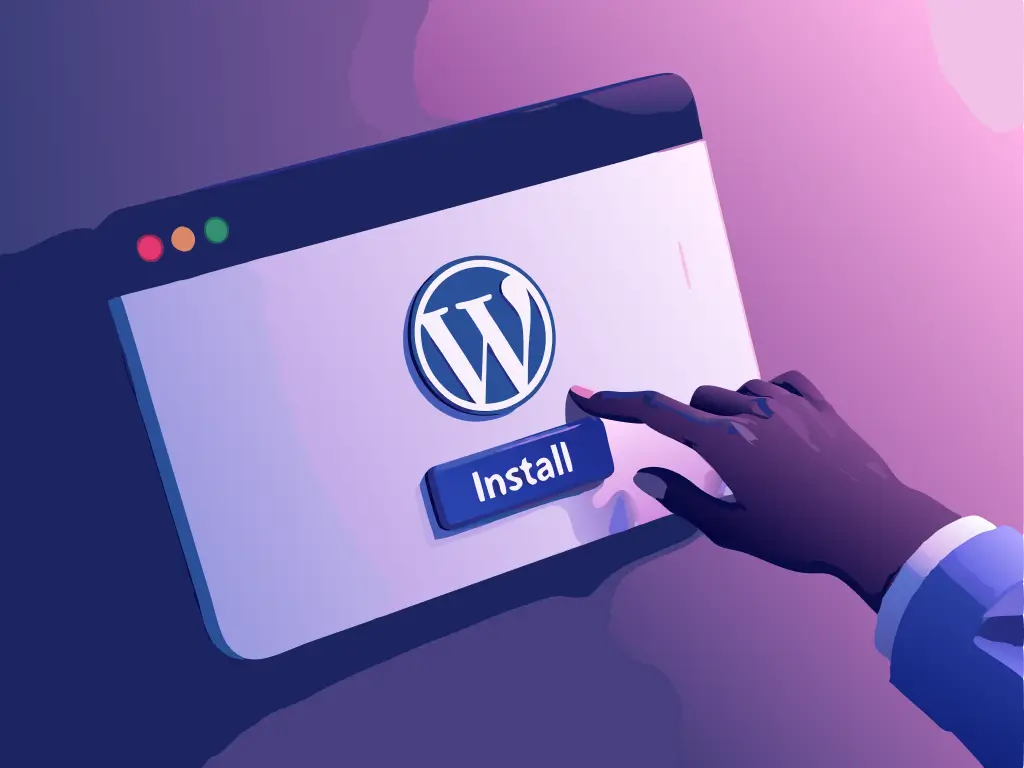How to Start a Blog
1. Understand What Blogging Is

A blog is an online platform where you share information, stories, or ideas on specific topics. It can be for personal expression, helping others, or even making money. A blog typically includes:
- Posts: Regularly updated articles.
- Pages: Static content (like "About" or "Contact").
- Interaction: Visitors can leave comments and share posts.
2. Identify Your Blogging Goals

Before diving in, clarify your purpose:
- Do you want to share knowledge or build an audience?
- Are you blogging as a hobby or aiming to monetize it?
- What impact do you want your blog to have?
3. Choose Your Blog's Niche

Your niche is the specific topic your blog will focus on. A good niche should:
- Interest You: Passion drives consistency and creativity.
- Have Demand: Research whether people are searching for your topic.
- Be Unique: Identify how your blog will stand out from others.
Examples of Popular Niches
- Personal Development
- Travel and Adventure
- Technology and Gadgets
- Food and Recipes
- Health and Fitness
- Parenting and Family
- Fashion and Beauty
- Finance and Investing
4. Select a Blogging Platform
 .
.
A blogging platform is the software you’ll use to create and manage your blog. Options include:
Free Blogging Platforms (Good for beginners)
- Blogger: Simple but limited.
- WordPress.com: Beginner-friendly but less flexible.
- Medium: Great for writing-focused blogs but lacks full customization.
Self-Hosted Platforms (Professional and scalable)
- WordPress.org: The most popular choice, offering full control and flexibility.
5. Choose a Domain Name and Hosting

Your domain name is your blog’s address (e.g., www.yourblogname.com). Hosting is the server where your blog lives.
How to Choose a Domain Name
- Keep it short and memorable: Easy to spell and pronounce.
- Reflect your niche: Align the name with your blog’s focus.
- Use keywords: Consider including words relevant to your niche.
Popular Hosting Providers
- Bluehost: Affordable and beginner-friendly.
- SiteGround: Reliable with excellent customer support.
- HostGator: Offers flexible plans.
6. Install and Set Up WordPress
 .
.
- Log in to your hosting account.
- Use the “One-Click Install” feature for WordPress.
- Access your WordPress dashboard via
www.yourdomain.com/wp-admin.
7. Design Your Blog

The design of your blog plays a big role in attracting and keeping readers.
Choose a Theme
- WordPress offers free and premium themes.
- Look for a theme that matches your niche and is mobile-responsive.
Customize Your Blog
- Add a logo and choose colors that reflect your brand.
- Organize menus (Home, About, Contact, Blog, etc.).
- Install essential plugins (e.g., SEO tools, analytics, social sharing).
